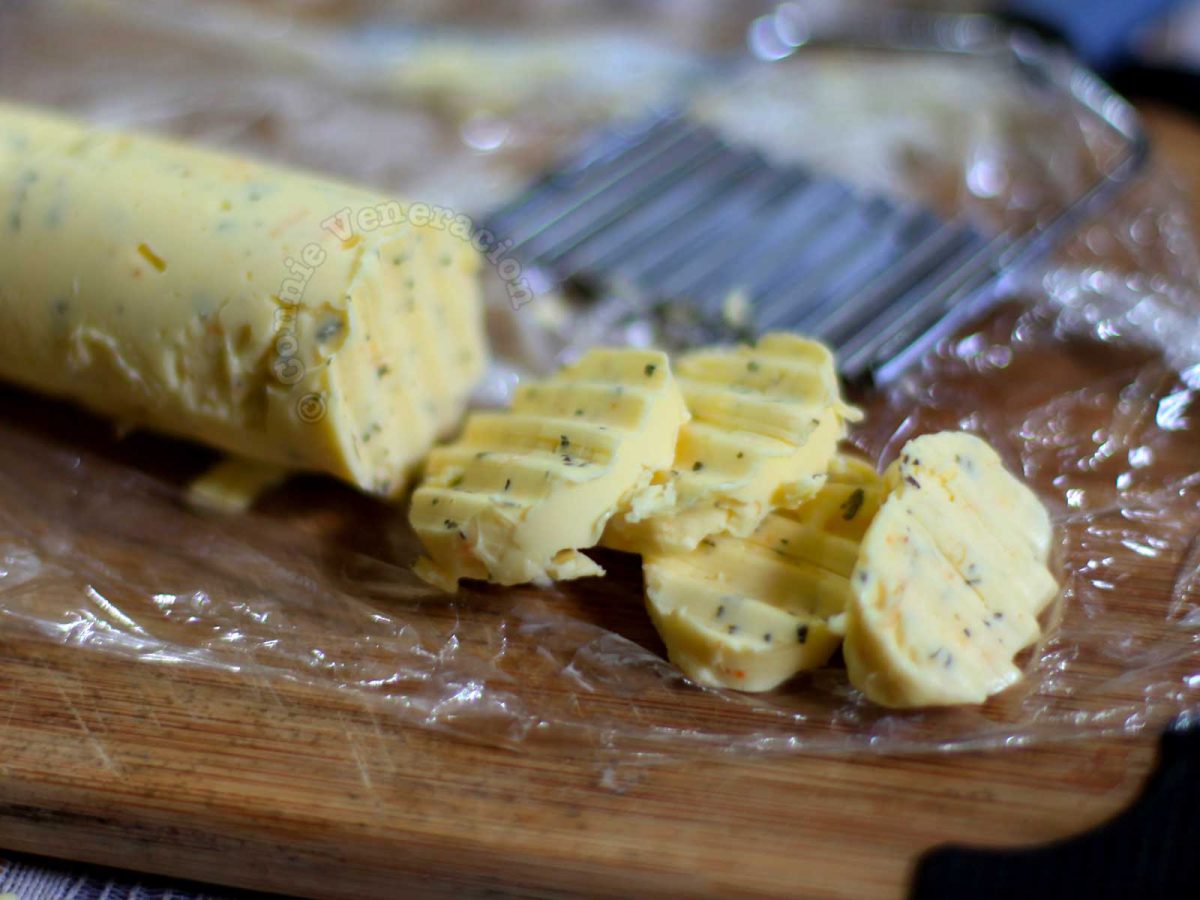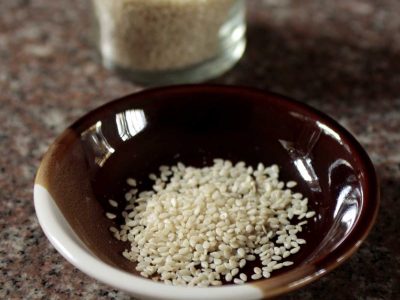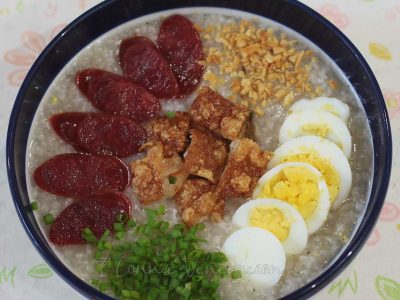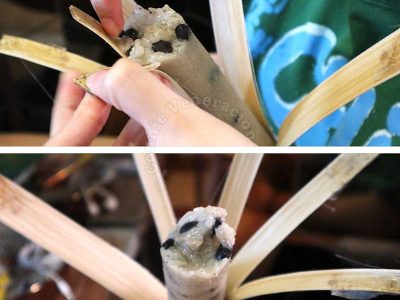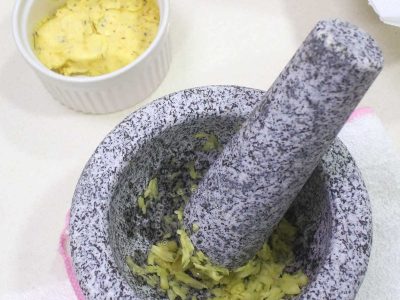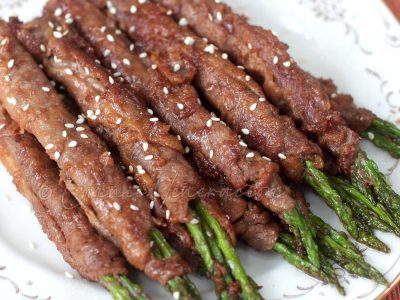I love butter as it is but I love it when flavored too especially with herbs and spices. That sounds weird? It shouldn’t. If you’ve tried and liked garlic bread, then you’ve already tried and liked flavored butter because garlic bread is made with butter, grated (sometimes, powdered) garlic and, often, chopped parsley. So, when I say “herbed and spiced butter” I’m really just extending that very basic principle.
You can add herbs, spices and seasonings to softened butter just before use. But you can prepare everything ahead of time, and even in bulk, and get better results. By allowing the herbs and spices to infuse with the butter longer, you get more flavor and better aroma.
Take a block of butter, 225 to 250 grams (two sticks, in some countries), and allow it to soften to room temperature. Soften, not melt. Don’t be tempted to short cut the process by melting the butter because melting will separate the oil from the solids and refrigerating afterward won’t really bring them together again in one cohesive mass. So, soften the butter gradually to room temperature.
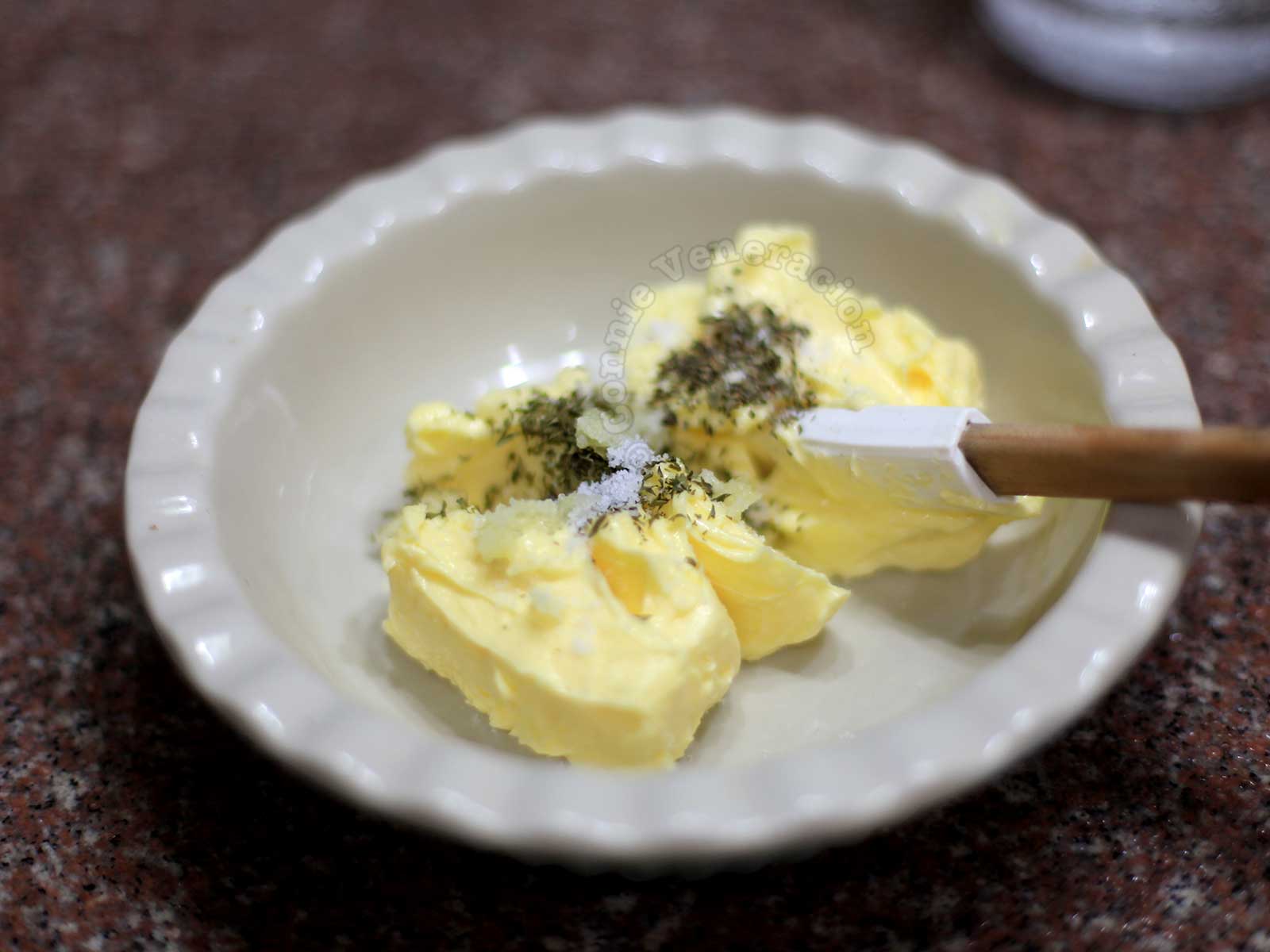
When the butter is soft (i.e., of spreadable consistency), add your herbs and spices. You can use anything you like, really. In my case, it’s parsley, basil, garlic, onion, salt, black pepper and a bit of cayenne. To make sure that I didn’t add extra water to the mixture, I used dried herbs and spices, except for the garlic. The fat in the butter will soften dried spices, including dried onion flakes, so don’t worry. Mix everything together.
If your herb and spice butter is for home use, just scrape the butter into a tub or jar, cover tightly and refrigerate overnight. It will smell and taste so good for breakfast the nest day.
If you’re making herb and spice butter for a special occasion and you want it to look pretty on the dining table, here’s what you can do.

Take a sheet of cling film and place the herbed and spiced butter on it. Wrap, shaping the butter into a log as you go, and squeezing to remove any air pockets. Let the herbed butter sit in the fridge overnight. When cold and firm, slice.
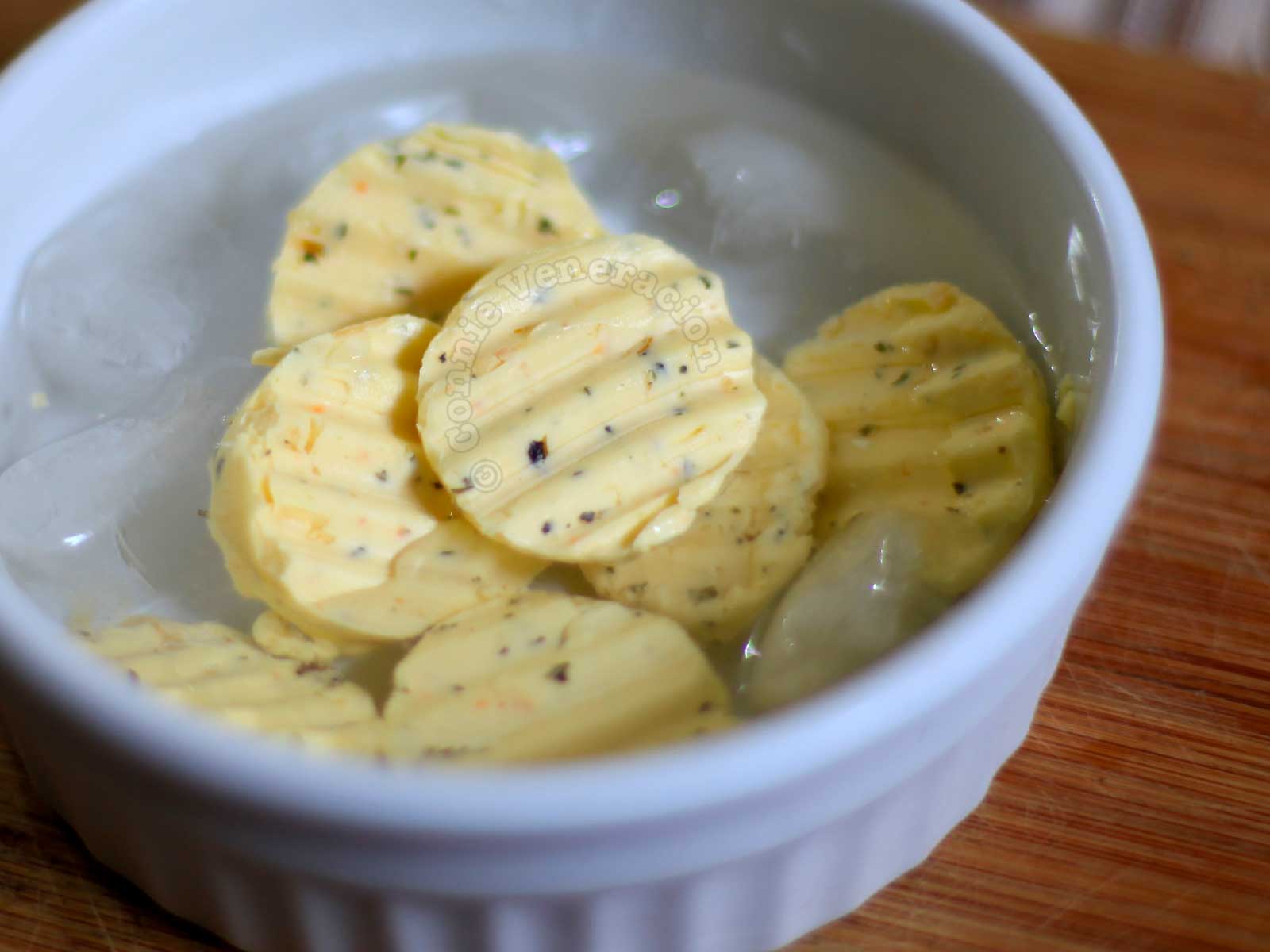
If you want your butter to stay firm during the course of your meal, drop the slices into a bowl of icy water.
And, yes, the photos are from 2011. That’s still pretty much how I make herb and spice butter at home. As the saying goes, “If it ain’t broke, don’t fix it.”

